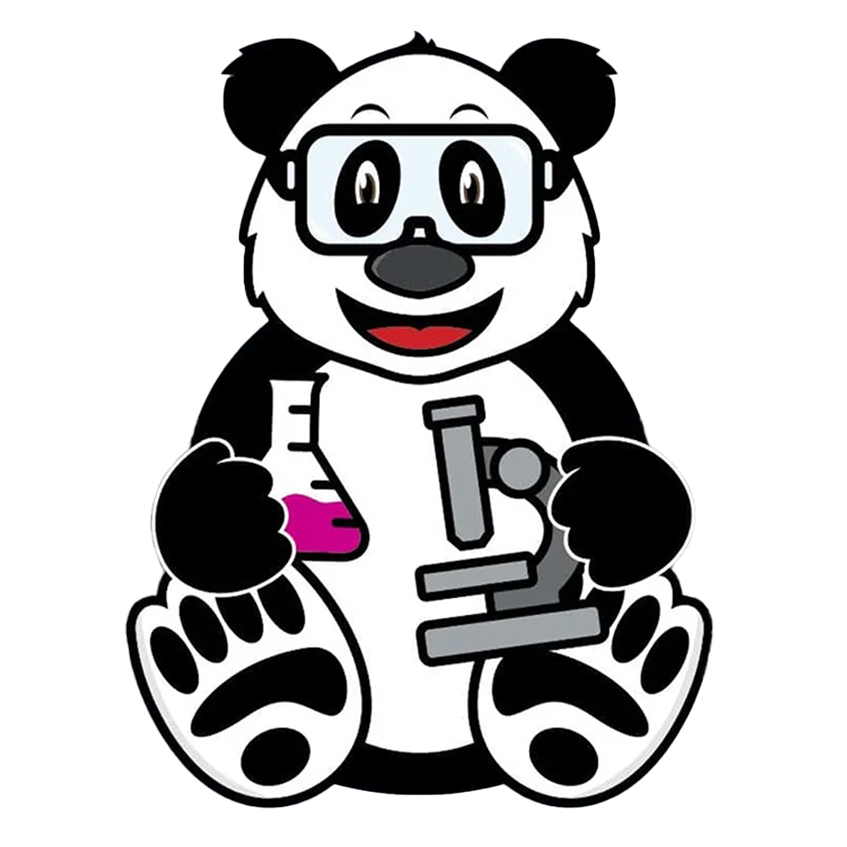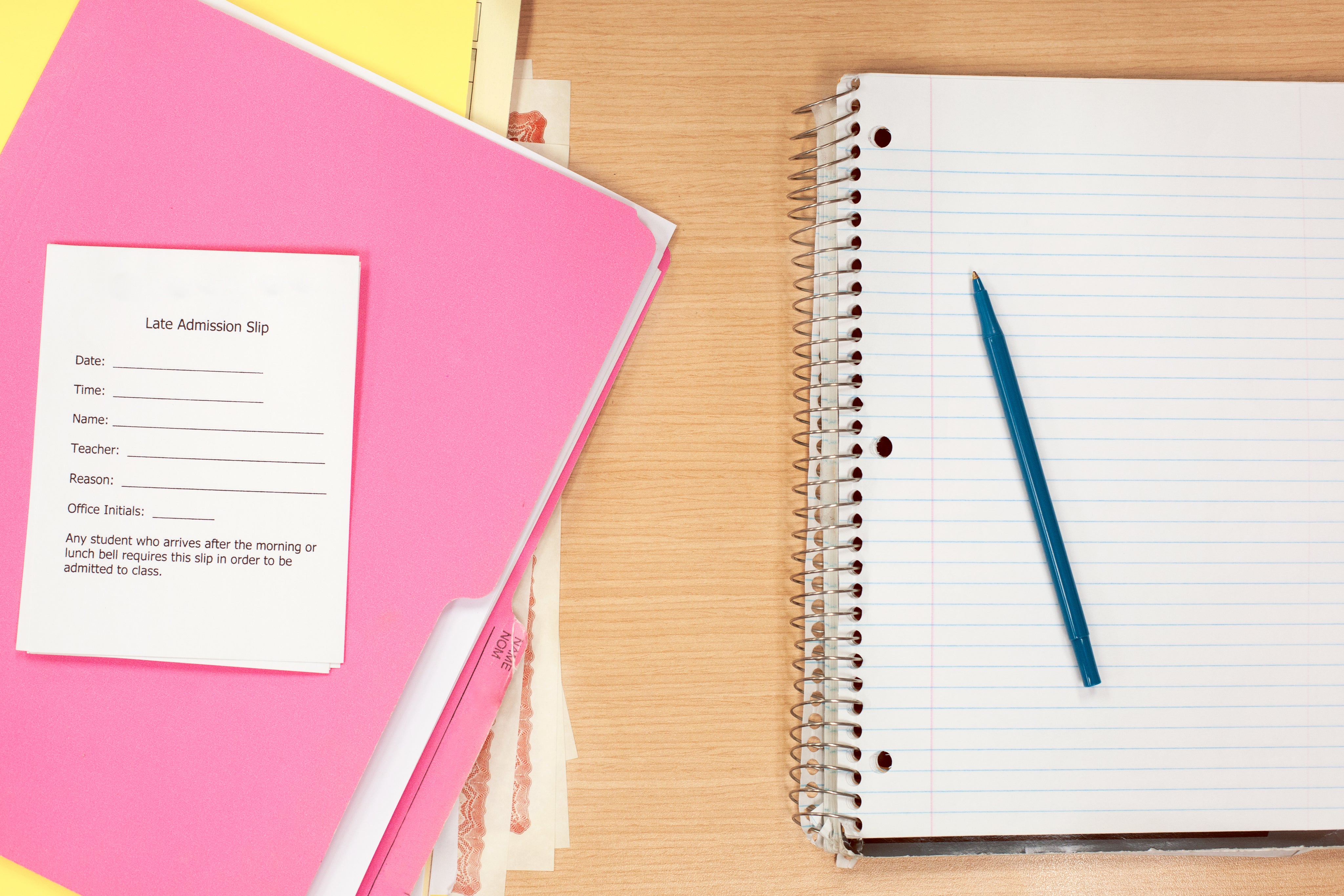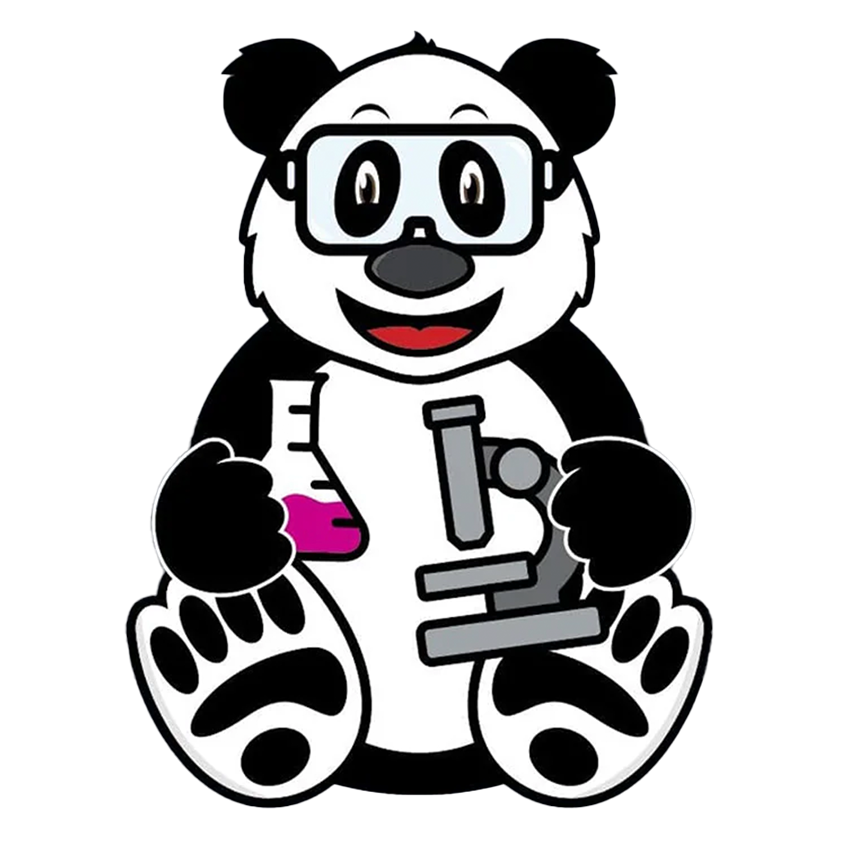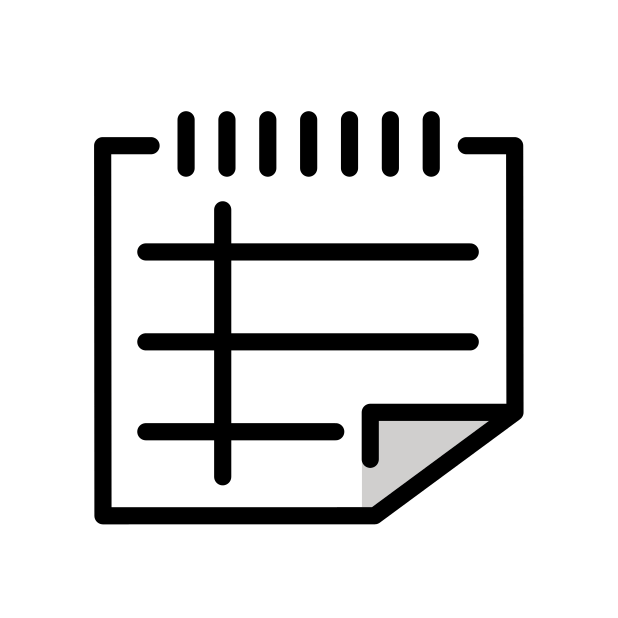Secular

Science Homeschool Curriculum Skills List | Secular Fourth Grade
Science concepts create the themes for some of the units within Fourth Grade Complete. The activities and experiments teach the grade-level skills in a fun and engaging way.
- Use a microscope or magnifying glass to observe objects.
- Draw a diagram of observations.
- Use a scientific method.
- Learn about static electricity.
- Demonstrate static electricity.
- Define, recognize, and build a closed circuit with and without a switch.
- Test to determine whether materials are conductors or insulators.
- Recall the parts of a hydroelectric power station.
- Learn about floodplains.
- Make a floodplain model.
- Demonstrate refracted white light, and produce a rainbow.
- Learn about bones.
- Identify the purpose of the bones in our bodies.
- Demonstrate understanding of the skeletal system by designing a model skeleton.
- Understand the function of the spine and spinal cord.
- Learn about a famous person with a spinal injury.
- Learn about muscles.
- Make a model of a muscle pair.
- Perform large muscle exercises.
- Identify muscles of the body.
- Learn about muscle diseases.
- Understand the importance of healthy living.
- Acquire skills to live safely and reduce health risks.
- Recall the four food groups, and evaluate diet for good nutrition.
- Make a food consumption chart.
- Recall the four food groups, and evaluate diet for good nutrition.
- Understand the relationship of nutrition to body composition and physical performance.
- Make a periscope.
- Make a flow chart.
- Identify the parts of an insect.
- Understand the life cycle of an insect.
- Understand the life cycle of a frog.
- Use the sense of smell to identify objects.
- Learn the symptoms and effects of Lou Gehrig’s disease.
- Use simple logic to develop a strategy.
- Learn about Down syndrome.
- Draw a diagram and make a model of a cell.
- Identify the parts of a cell.
- Differentiate between living and non-living things.
- Classify living things.
- Learn characteristics of birds.
- Identify the parts of an egg.
- Learn about trumpeter swans.
- Make a Venn diagram.
- Research to gain new information.
- Understand how thunderstorms form.
- Demonstrate lightning.
- Understand that animals have instincts which help them survive.
- Make a food chain.
- Understand that plants and animals progress through life cycles of birth, growth and development, reproduction, and death; the details of these life cycles are different for different organisms.
- Learn about the life cycle of a penguin.
- Know that distinct environments support the life of different types of plants and animals.
- Classify objects.
- Make observations, and describe the weather.
- Understand how we should take care of the world.
- Explore the world through observation and experimentation.
- Make predictions and draw conclusions based on patterns or evidence.
- Apply physics principles: potential and kinetic energy, inertia, force, friction.
- Observe and apply Newton’s Laws of Motion.
- Discover how water pressure affects the flow of water.
- Create a simple pendulum, and understand the forces that cause a pendulum to swing.
- Recognize the characteristics and habitats of various types of animals.
- Recognize and create simple and compound machines.
- Understand the process of a water cycle.
- Learn about computers.
- Learn about computer programmers.
- Develop a simple understanding of an algorithm using computer-free exercises.
- Write an algorithm to complete a specific task.
- Apply computational thinking to design an algorithm and to solve problems.
- Develop an understanding of four key techniques to computational thinking: decomposition, pattern recognition, abstraction, and algorithms.
- Use models and simulation to explore complex problems.
- Read and write code.
- Draw an object using pixels.
- Examine connections between elements of mathematics and computer science including binary numbers, logic, sets, and functions.
- Make a model of sedimentary layers.
- Make a model of sedimentary rock.
- Observe osmosis.

What Makes Our Curriculum Stand Out?
We are proud to offer an all-in-one solution! No need to piece together resources from different places. Our curriculum provides fully-planned lessons that cover all subjects, ensuring a well-rounded education. It also includes step-by-step instructions for teaching your child!

 Language Arts
Language Arts
 Mathematics
Mathematics
 Social Studies
Social Studies
 Science
Science
 Physical Development & Fitness
Physical Development & Fitness
 Art
Art
 Music
Music
 Character Development
Character Development


